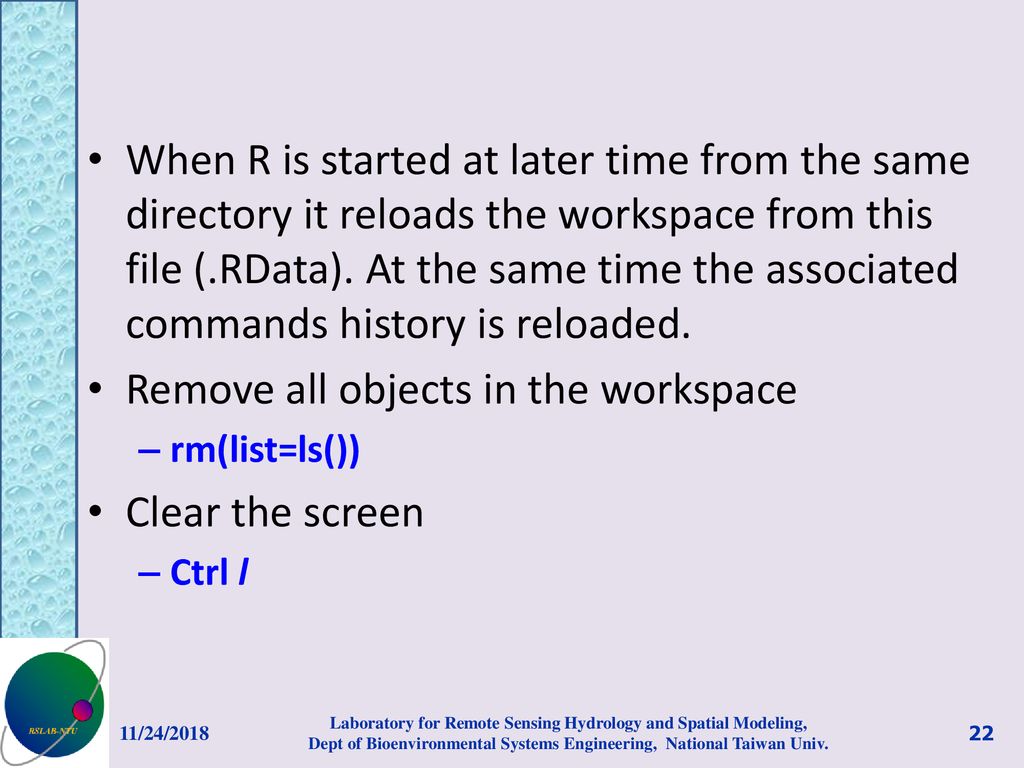
I believe that every tool has some beauty, advantages, and disadvantages. Greenhouse gases (carbon dioxide, methane, nitrous oxides, ozone and water vapour) are the pollutants primarily responsible for climate change, because they trap heat within the earth's atmosphere.This is my journey in work with data. It is linked to illness and premature death.


PM2.5 accounts for 9,700 deaths in Canada each year.īlack Carbon (BC) is a component of PM2.5, primarily coming from the burning of fossil fuels in diesel vehicles. O3 is responsible for 3,600 premature deaths in Canada every year.įine Particulate Matter (PM2.5): Fine particulate matter is a mixture of a number of pollutants harmful to health because they can get deep into the lungs and contribute to heart and lung disease. Ozone (O3): Ground level ozone is a secondary pollutant, formed when nitrogen oxides and other air pollutants react in sunlight and stagnant air. NOx is primarily emitted as nitric oxide which rapidly converts to nitrogen dioxide. Nitrogen Oxides (NOx): Nitrogen dioxide and nitric oxide are referred to as nitrogen oxides.

It's responsible for over 900 deaths in Canada every year. Nitrogen Dioxide (NO2): Nitrogen dioxide is a harmful air pollutant produced from the burning of fossil fuels, primarily from transportation. These are some of the traffic-related air pollutants that are of most concern to human health: You can check out the interactive maps below to compare how each scenario can reduce air pollution and greenhouse gas emissions to improve health and save lives. Each scenario explores what the GTHA can look like with a specific mix of cleaner vehicles, and how this shift impacts air pollution, improves health, and reduces greenhouse gas emissions in the region.

We've modelled five scenarios (plus a base case of current conditions) to compare the health benefits of reducing traffic pollution from cars and SUVs, trucks, and buses. This vehicle travel emits air pollution that contributes to illness and premature deaths, and greenhouse gas emissions that are responsible for climate change. People in the Greater Toronto Hamilton and Area (GTHA) use vehicles every day to travel to work, go to school, move goods, and do many other tasks. CLEARING THE AIR: How Electric Vehicles and Cleaner Trucks Can Help Reduce Pollution, Improve Health and Save Lives in the Greater Toronto and Hamilton Area


 0 kommentar(er)
0 kommentar(er)
